|
I decided to make use of my tag-along trip to San Diego by seeing whether I could observe a Californian forest school in action. Less than a week before leaving, I emailed Patti Shields, owner and teacher extraordinaire of At Home in Nature, San Diego's first (and only!) outdoor preschool. She replied with enthusiasm and even invited me to her place for dinner. She told me that I could accompany the group on Friday to the urban canyon where they've been spending time lately. "What's an urban canyon?" I asked. "San Diego is full of them - it's built around canyons," Patti replied. Before the children came, I met the teachers. Then the children arrived one by one, backpacks ready, sunhats on. Together, we walked down to the clearing to find this friendly face: We explored a bit more before gathering as a group. Scat sightings led to pulling out field guides from the supply wagon. It looked like there had been a bunny there, as well as a coyote or a dog. One teacher called out, "A gift of the earth! A gift of the earth!" Everyone scattered, picking up a treasure and coming to sit in a circle on the blanket. We each showed our gifts and put them into the special woven Kumeyaay basket. I looked around as the basket was passed - taking in this very different forest setting - with prickly pear cactus, palm trees, eucalyptus, and chaparral shrubs. The land was very dry. There were paths leading down to a valley, with trees and shrubs lining each side of the canyon. A tiny hummingbird perched in a nearby tree, its squeaks letting us know that we were in its territory. We listened to Miss Libby tell a story about rain (it had rained the night before - a rare gift here in a 3 year period of drought), then the children negotiated a plan for the day: 1. go through the tunnel 2. play 3. have lunch 4. see our parents! We were ready. We set out into the urban canyon forest. On the way, we stopped to look at some sap on a eucalyptus tree. "That tree's not native," one boy told me. "What does native mean?" I asked. "Means it belongs here from a long time ago," he answered. Mud! A rare sight here, so we had to stop for a bit. We wondered aloud: How many raindrops made this puddle? What floats? What sinks? How long will it take for this puddle to disappear into the earth? Do I have an extra pair of shoes along to stomp in the water? One group did some exploring down the path from the mud puddle. Then we were on our way to the tunnel! But on the way, we saw some clouds. A man with a big beard who's laughing! A dinosaur! A dog! A crown! Santa Claus! A teddy bear's head! What do YOU see in these clouds? We arrived at the long tunnel and began our dark journey: Here we are on the other side! Here's a little man that was found in the woods. Who was he? Shakespeare? A skinny Santa who liked to read? He went into the puddle (didn't float), then came with us through the tunnel and stood guard there for the rest of the day. I wonder where he'll be tomorrow! The photo below is a view from our snack-eating place. The red seeds hanging from this tree are peppercorns! I had no idea peppercorns grew on trees. We set up camp for a time of exploring and creating. Lots of things took place during this time: negotiating, digging, identifying plants, tasting plants, running, painting with watercolours and sticks, working with clay, drilling, identifying scat, listening for nearby birds, dressing up as princesses, building sandcastles, making a red carpet runway to welcome royalty, and hiding in the shrubby bushes. A snow storm! They thought that I would appreciate it, coming from our Canadian wintery weather. Along the path, the children showed me fennel plants. They picked some seeds - high enough where coyote pee wouldn't affect them. "Taste it! Try it!" they encouraged me. I reached out to pluck some. "You have to ask the plant first," one boy cautioned, a little anxiously. My hand froze in mid-air, my eyes automatically looked down. I paused. "It said yes," he told me. So I took some and ate the yummy-spicy seeds. They showed me other plants too, and encouraged me to smell them: black sagebrush, scrub oak, California sagebrush, primrose flowers, and others I can't remember. :) In the 4 hours that I spent with these children, the Kumeyaay people were mentioned many times. This practice - of asking the plant first - comes from honouring the traditions of these people who lived on this land long ago. It made me think more about how we can incorporate wisdom from the Six Nations people who used to live on the land we use in our area of Canada - this is something we want to do. Too soon, it was time to go back. It seemed like they could relate to what we feel every week at our forest school in Canada: that the time just flies by; and that there is never quite enough time. We returned to the first site - where we had collected the gifts of the earth - and one child was chosen to return them. After the children left, I had the opportunity to chat with Patti and Libby. They are both seasoned educators, and I greatly admired the way that they facilitated the children's learning. They were gentle, flexible, and encouraging. When there was a problem between children, they both worked to facilitate a resolution that was imagined and followed-through by the children themselves. If someone needed help, a teacher would call out, "A friend needs help!" This encouraged the other children to come running to that child's aid - reinforcing the idea that children can do so much to help each other, and to help themselves - and don't need adults to intervene and solve all of their problems for them. They encouraged responsibility, working as a community, and independence.
They gave the children the freedom to explore, but were always within sight. If any child got a bit too far away, they used the "owl call" to make everyone freeze like mice. This kept the children within a safe boundary even as they explored multiple sites. Patti and I discovered that not only do we share a love of connecting children to nature, but also a love of chocolate! Over cinnamon masala hot cocoa, coffee, and a sea salt-caramel-lavender cupcake (not pictured here - already devoured) we shared ideas and inspirations, questions, contacts, and resources. It was a fruitful day, and I'm so thankful for Patti's hospitality. I returned truly inspired and excited to put new ideas into practice. Thank you, Patti and At Home in Nature for a wonderful experience!
5 Comments
Although freshly fallen snow covers some things up, in other ways it allows us to see. Who has been here? Was it you? When we arrived at our site, we wondered: who has been here? Who has ruffled up these leaves and made these circles in the dirt? We searched around, and here's what we found nearby: Can you believe it?? Wild turkey tracks! Perhaps these wild turkeys have been visiting our site all the time, but we've only been able to see the evidence today. We listened to a story about sticks that reminded us to "stick together." Then we got ready to build a fire. We collected handfuls of sticks that were in 3 sizes of thickness: strings, pencils, and thumbs. Then we explored the woods a bit. We found a shelter big enough for our whole group: How long does it take to get our whole group up the hill, using this rope? Our record time: 25 seconds. Slipping and sliding down the snow and leaf-covered hill: Playing on Cocoa, the hot cocoa-breathing dragon: We talked about how to be safe around a fire, how to build a fire, and how to clean up a fire so that we leave no trace. As we gazed at our little fire, songs and stories emerged. "It was November--the month of crimson sunsets, parting birds, deep, sad hymns of the sea, passionate wind-songs in the pines. Anne roamed through the pineland alleys in the park and, as she said, let that great sweeping wind blow the fogs out of her soul." ~ L.M. Montgomery, Anne of Green Gables
Our first Thursday of rain! Under the forest cover, there was just a light rain, but it gave us a chance to rig up a tarp. We sat underneath it to eat our snack, then listened to this poem: Rainsong Raindrops are singing with clouds, and when there are too many singers, they all break away and start to fall. Now, raindrops are singing on children's tongues, singing on lakes, on rivers, on oceans, on roof tops, on cars, on umbrellas, on tree tops, on plants, on little tiny shoulders, heads, on every little blade of grass. Finally, when all of the singers have fallen, it all dries up. The raindrops go back up in a secret elevator, and sing with the clouds again. ~ Caitlin D., grade 5, Red Wing, MN (posted here) We made a rainstorm by snapping, clapping, slapping, and stomping, and it was wonderful to hear the rain dripping on the tarp. We are all connected in the web of life! We made a web using different connections found in nature: water to fish, fish to worm, worm to soil, soil to tree, tree to sun, and so on and on. We passed yarn across the circle until we had many connections represented. We pretended that the water system was very strong, and whoever had said "water" as part of the web, tugged ever so slightly on their yarn. When others felt a tug, they tugged too. Soon the whole web was tight and healthy. Then we imagined that something was wrong with the water, and the system weakened. The people holding "water" let their yarn weaken a bit, and when others felt the slackness, they let theirs go a bit too. We saw how it affects the whole system - when one thing is affected or weakened. The Link of Life The things of nature link together to make a chain. Everything joins in links of their own kind. Then there's the Link that holds them all together, taking each little chain to form One. Without One they are nothing, together they are everything, together they form the Chain of Life. Lindsay Weber, grade 5, Woodbury, MN (posted here) Then there was some ingenious tarp-rigging going on - using different knots, and tying rope to roots, trees, and sticks stuck in the ground. Some side effects of time spent in the forest: rosy cheeks, calm minds, muddy rain pants, and dirty fingernails! :)
"When one tugs at a single thing in nature, he finds it attached to the rest of the world." ~ John Muir In the spirit of Hallowe'en, we had a web/spidery theme to our time together this past week. But first, look at this toad between the two glove bunnies! We spotted him on the way to our site. The toad was trying its best to make itself into a flat pancake, close to the ground. We thought it looked awfully similar in colour to the brown dry leaves that were scattered on the ground. We started by hearing an Anansi the spider story of why spiders have long, thin legs. The story also related to themes of greediness, laziness, hospitality, responsibility, and living in community. Then it was time to learn another knot so that we can weave ropes like spiders through the trees. This time, we learned the square, or reef, knot. This is a great knot for attaching two pieces of rope together. We worked together to form a humongous rope made up of all of our small pieces. Then we limboed because it seemed like the right thing to do. Many things evolved during our exploration time. Like shelter building and imaginary play: Sweaving! This was a made-up word that evolved from this activity. Sewing + weaving = sweaving! We used little sticks with yarn tied on to sweave our creations together. The square knot helped us add extra yarn when we ran out. Creating a forest playground - complete with a see-saw and a bouncy stick. We had fun with our autumn leaf crowns. We're so thankful for the many connections we're developing to this beautiful forest.
|
Read on...Hammers, Huge Swings, and the Freedom to Play Archives
April 2020
|
We are honoured to walk, learn, and play on the traditional territories of the Haudenosaunee, Anishinaabeg, and Chonnonton Nations, treaty lands of the Haudenosaunee. Grateful for the ongoing care, stewardship, and teachings from Indigenous Peoples that help us walk gently on this earth. We are committed to the ongoing process of decolonization through partnering with local Indigenous educators in our facilitation, learning about the past and about good ways to move forward together, respecting the land as our First Teacher.

Join our email update list
© Nature Connect 2024
© Nature Connect 2024

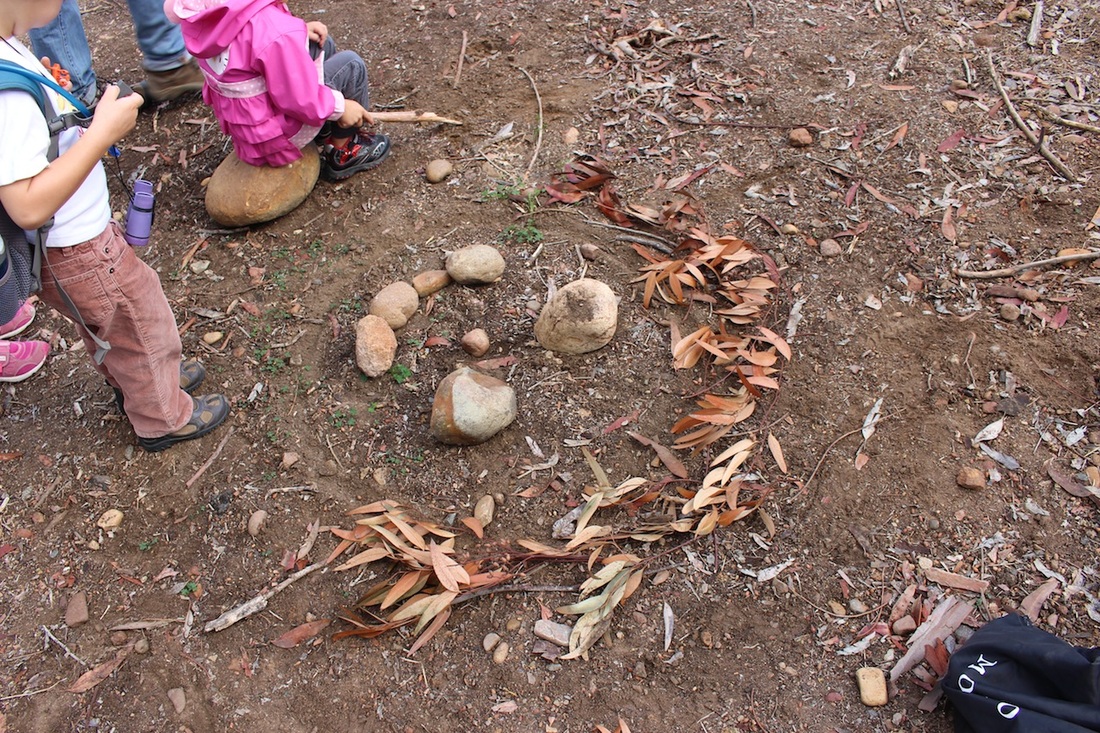

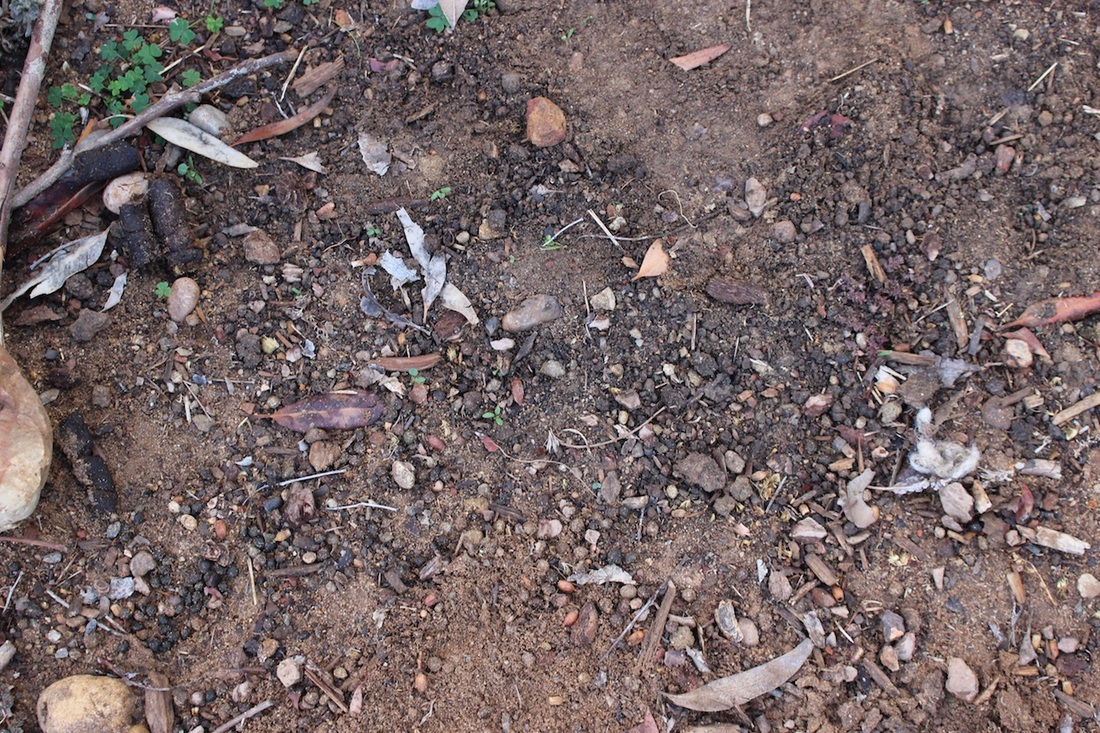






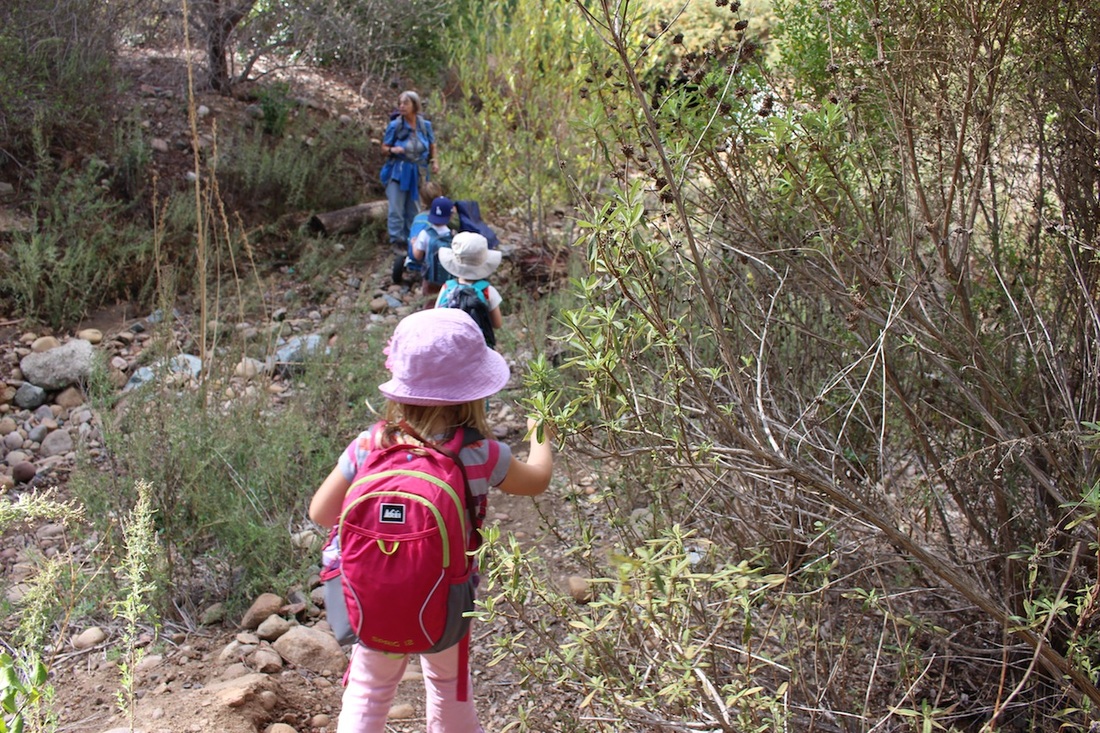


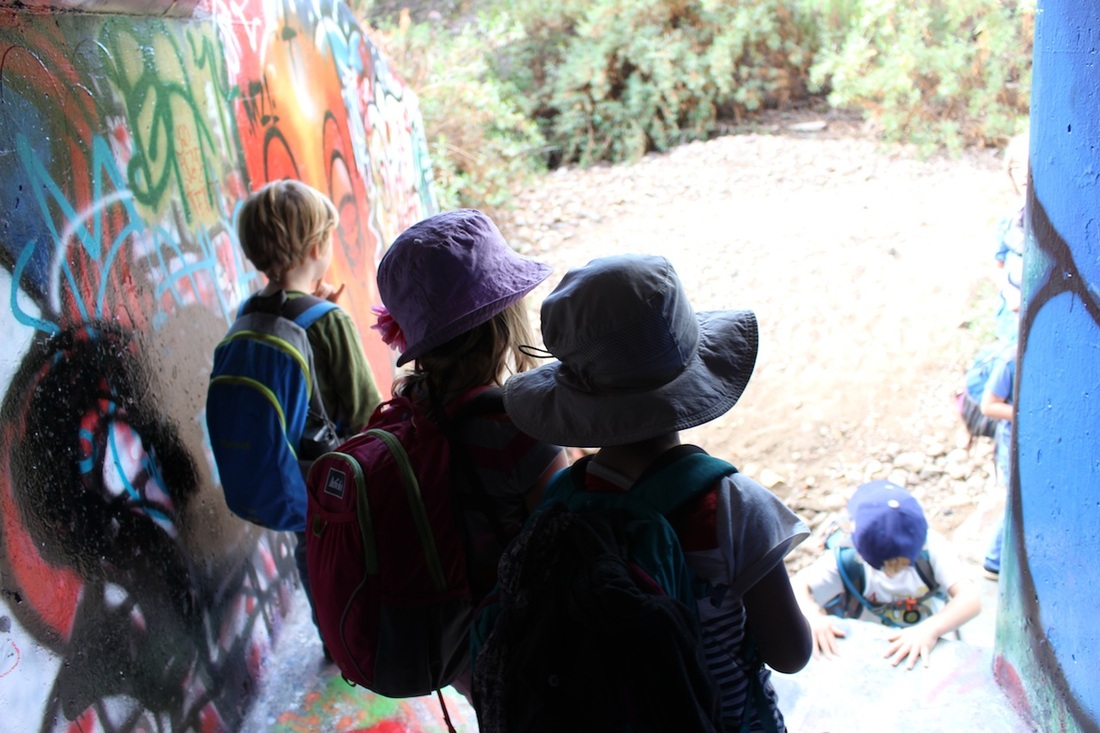

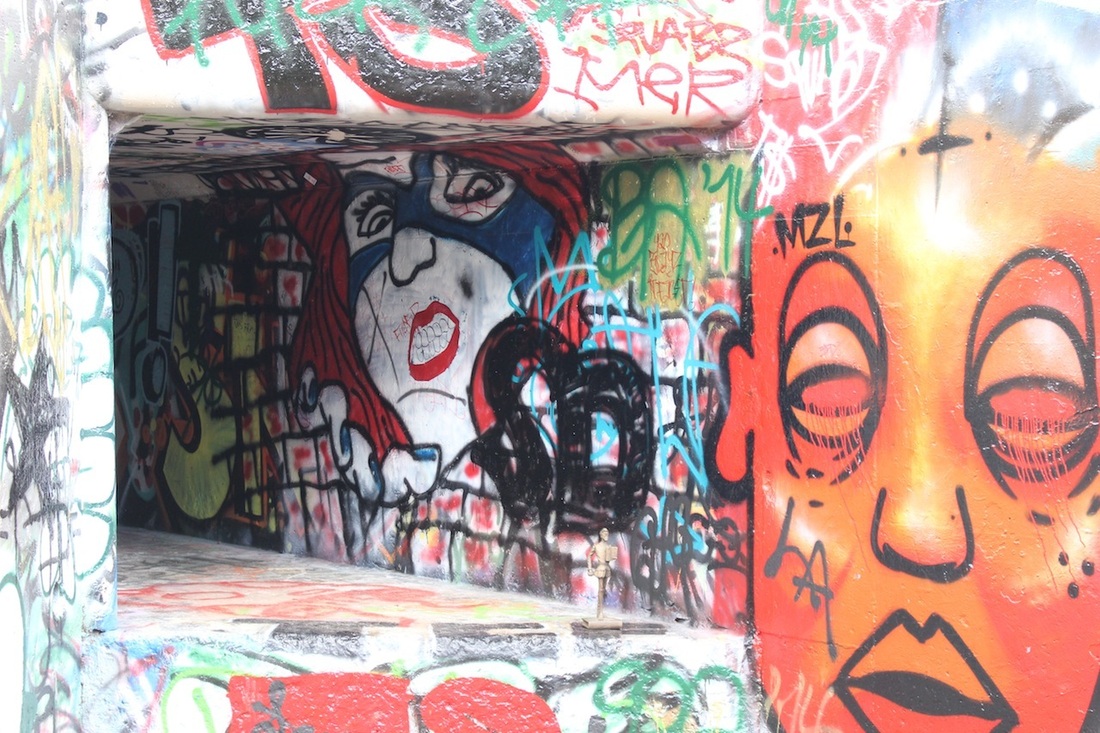










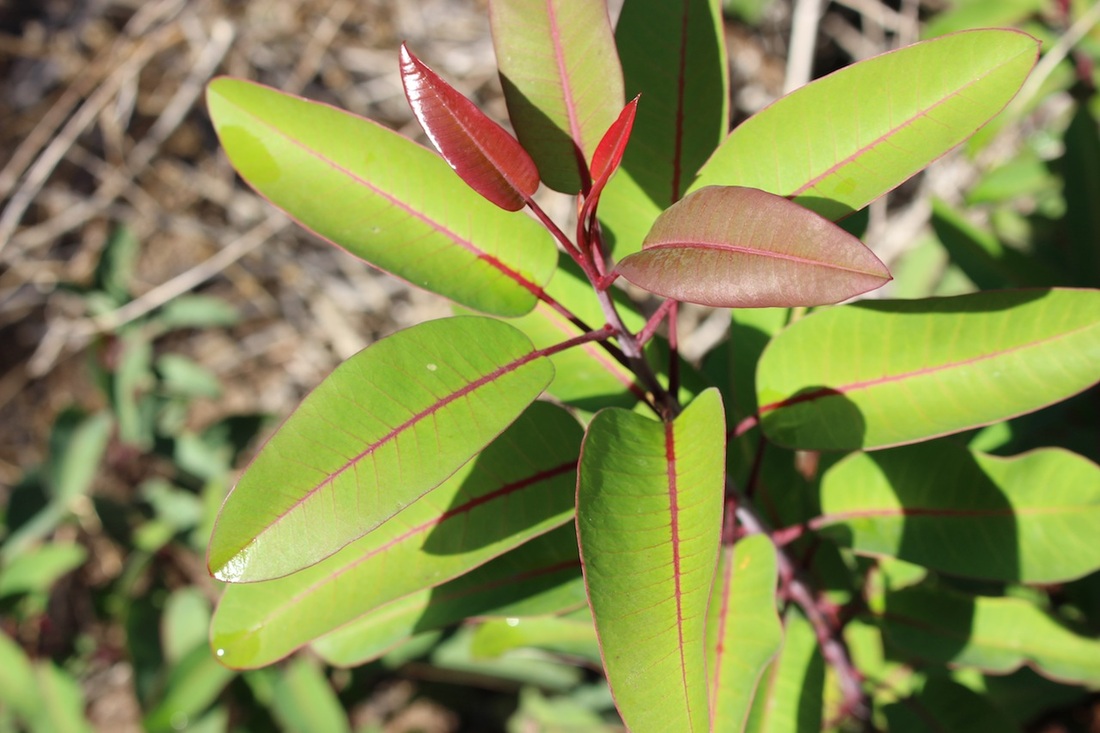



















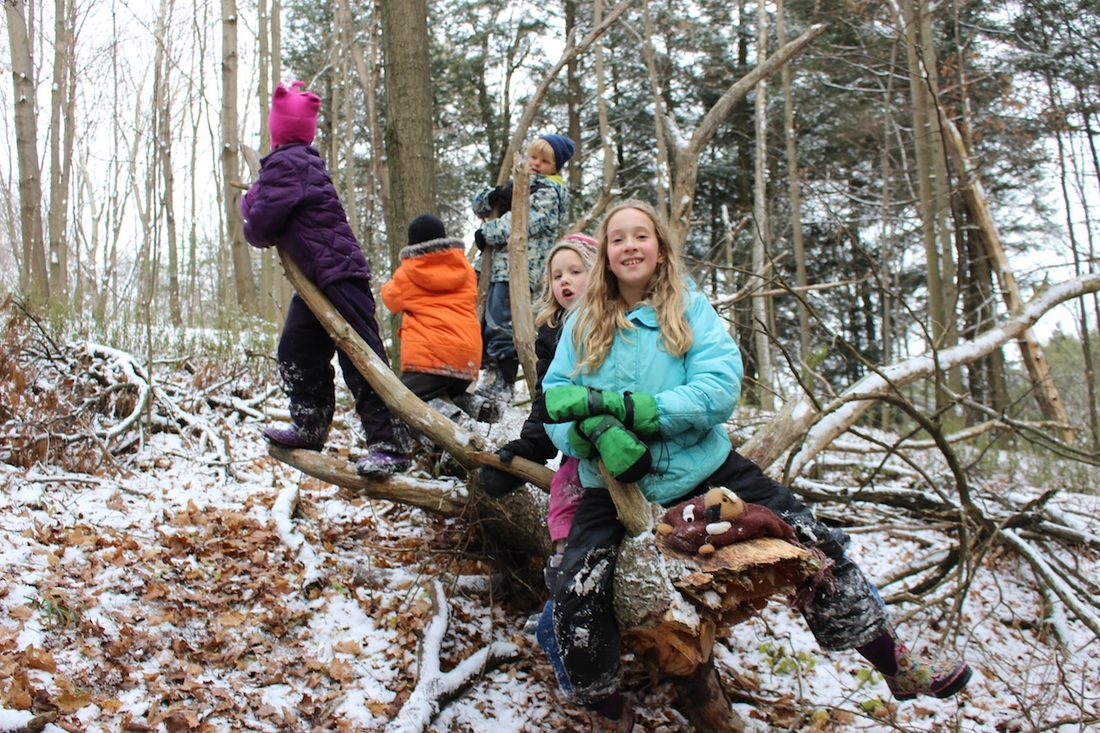

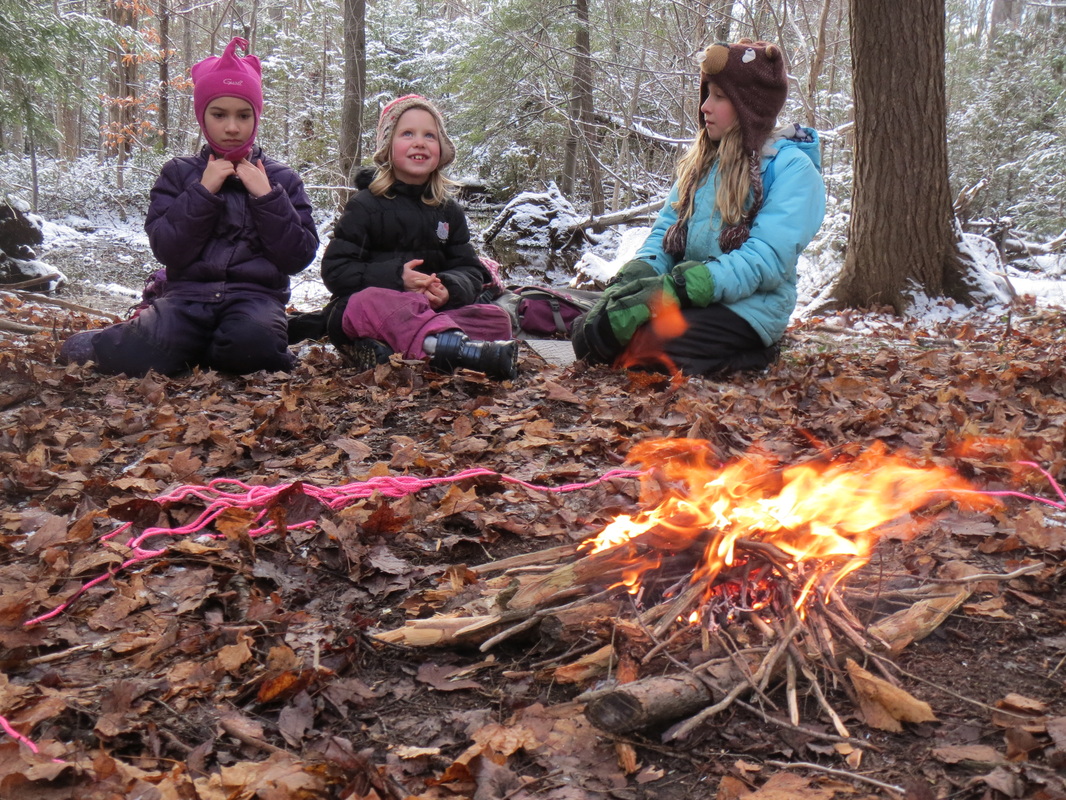





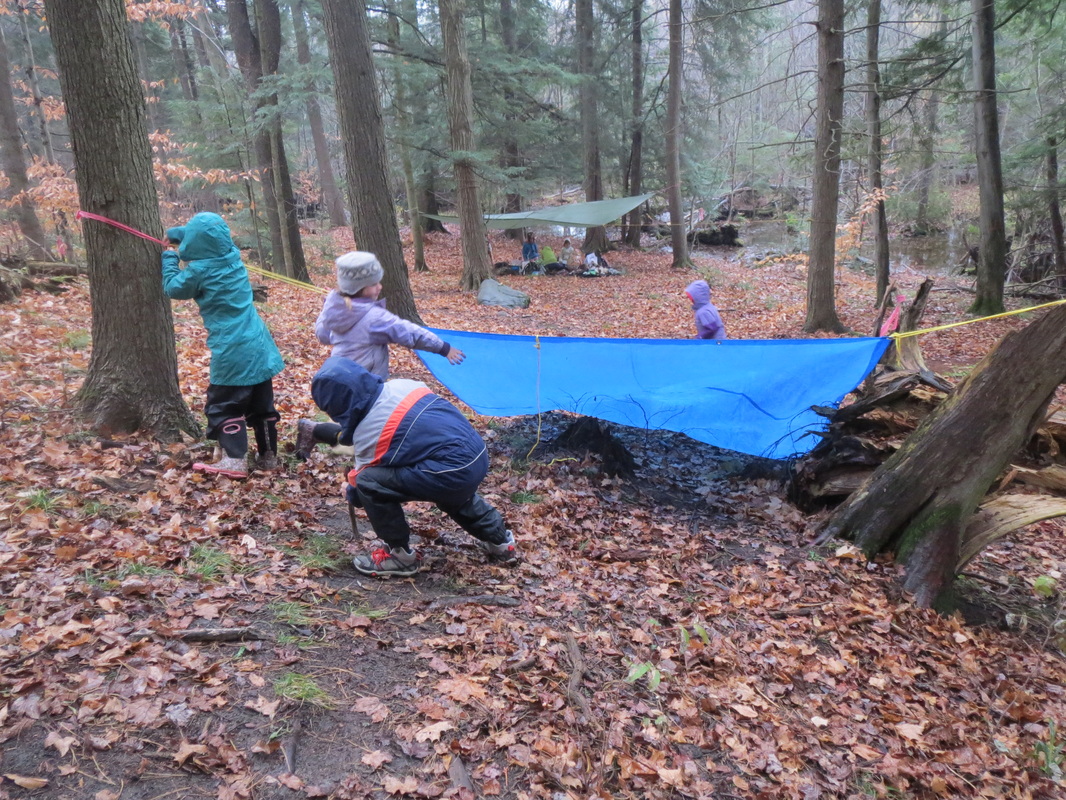















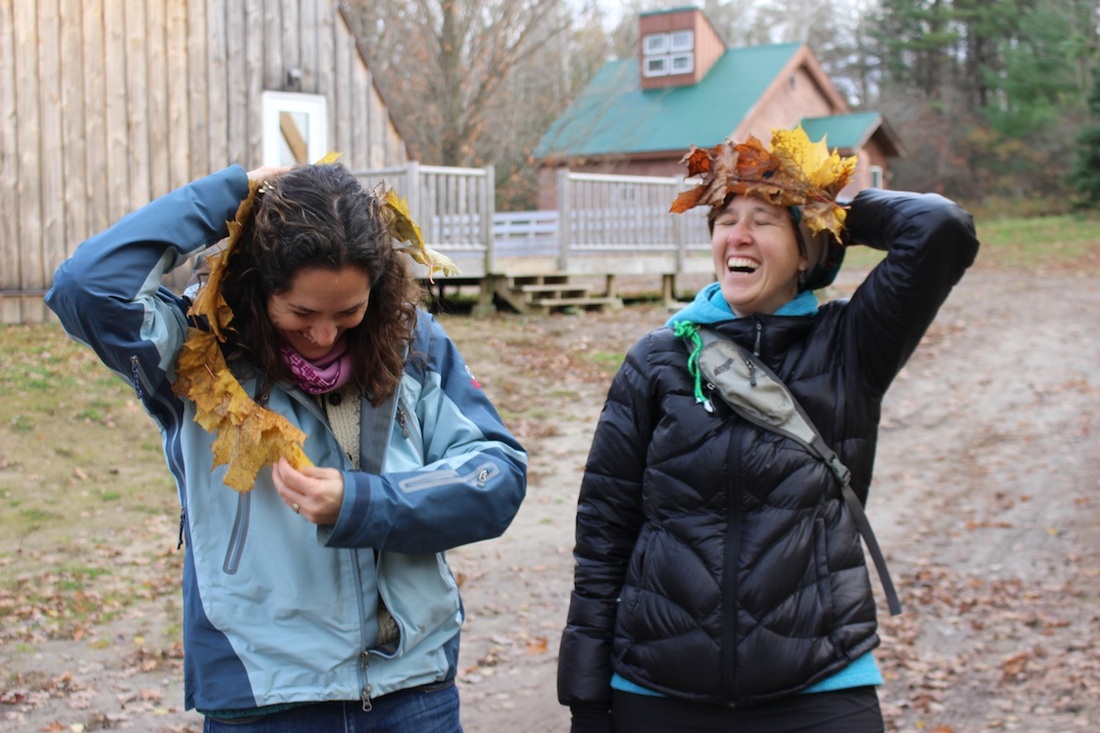
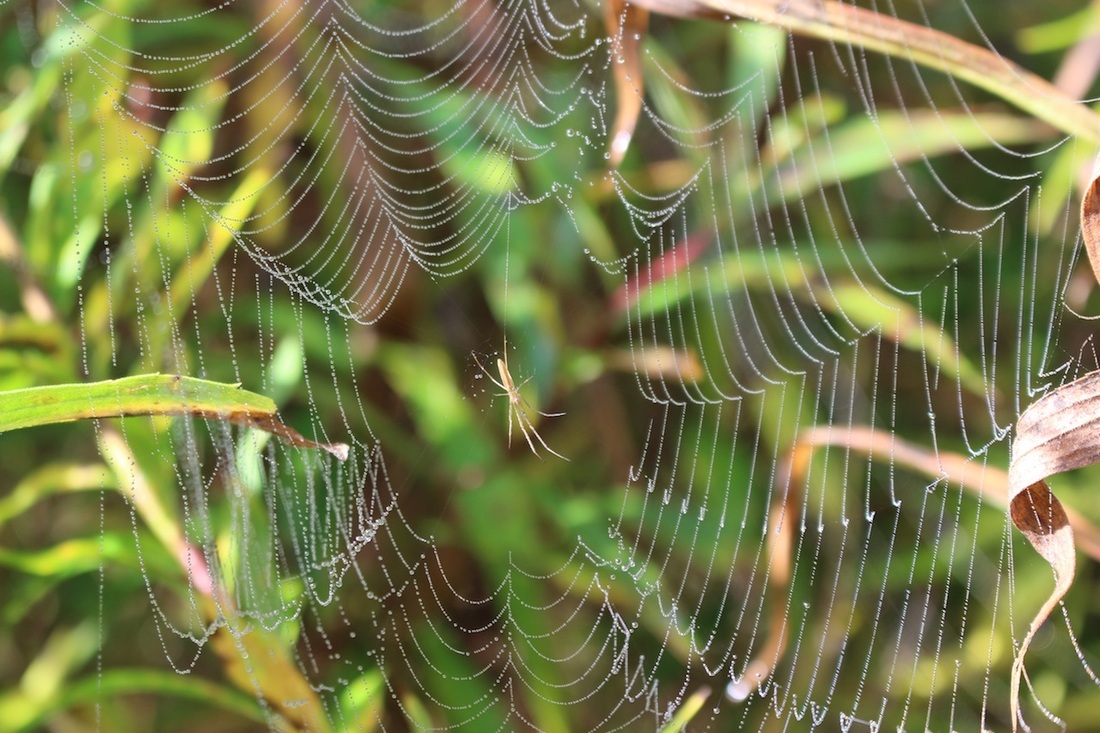
 RSS Feed
RSS Feed